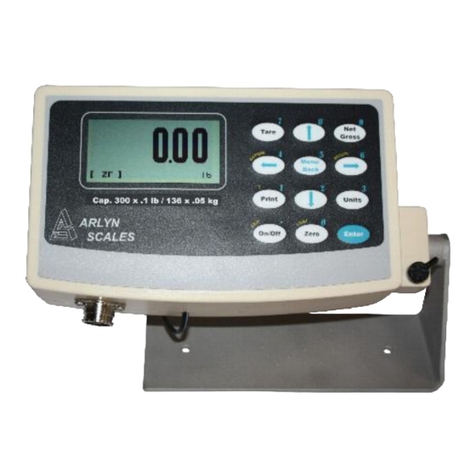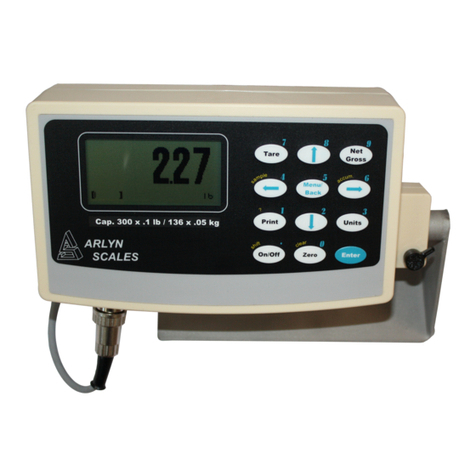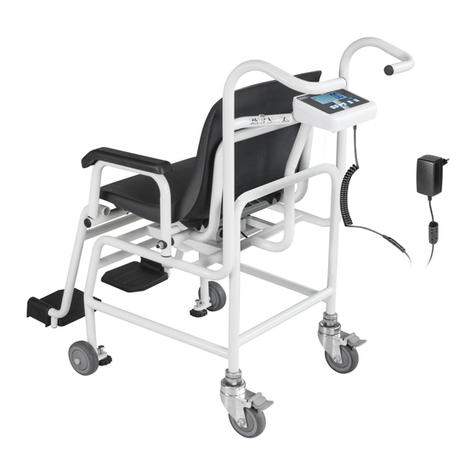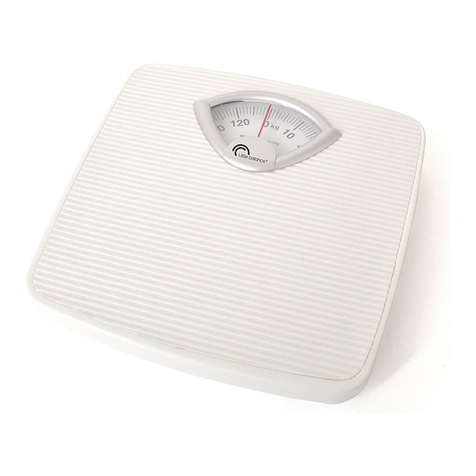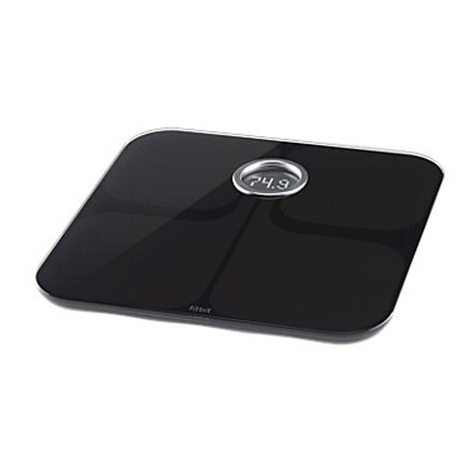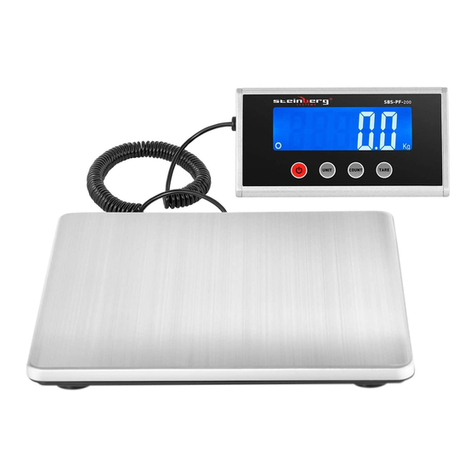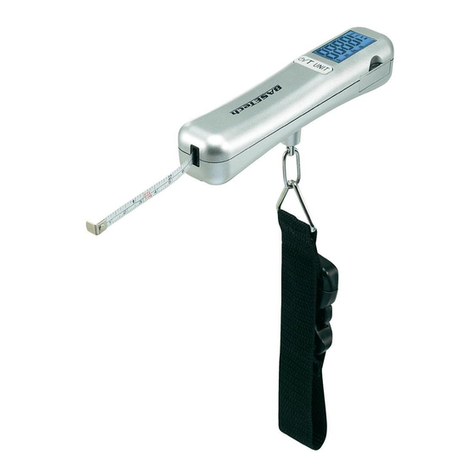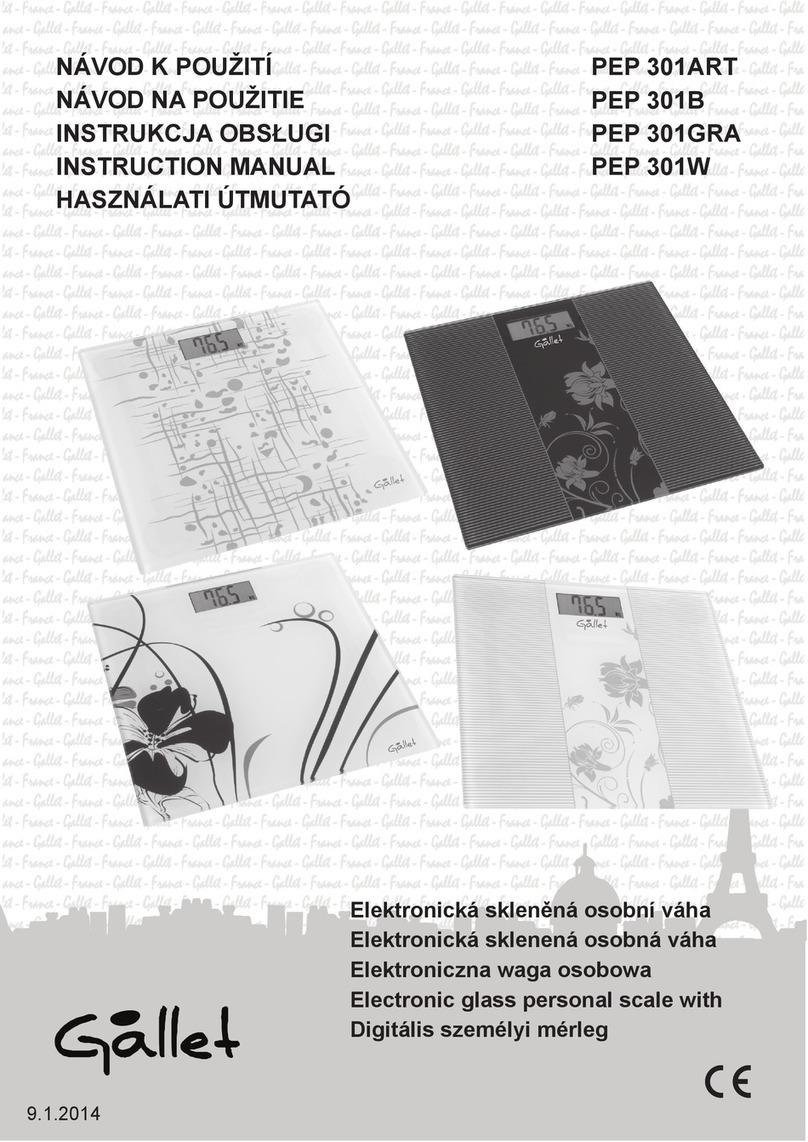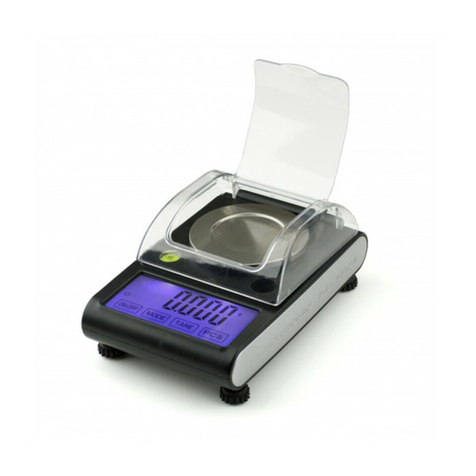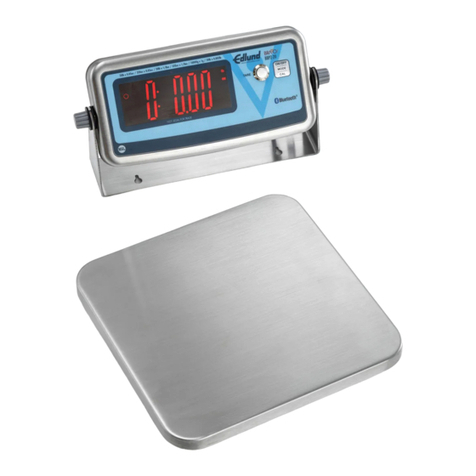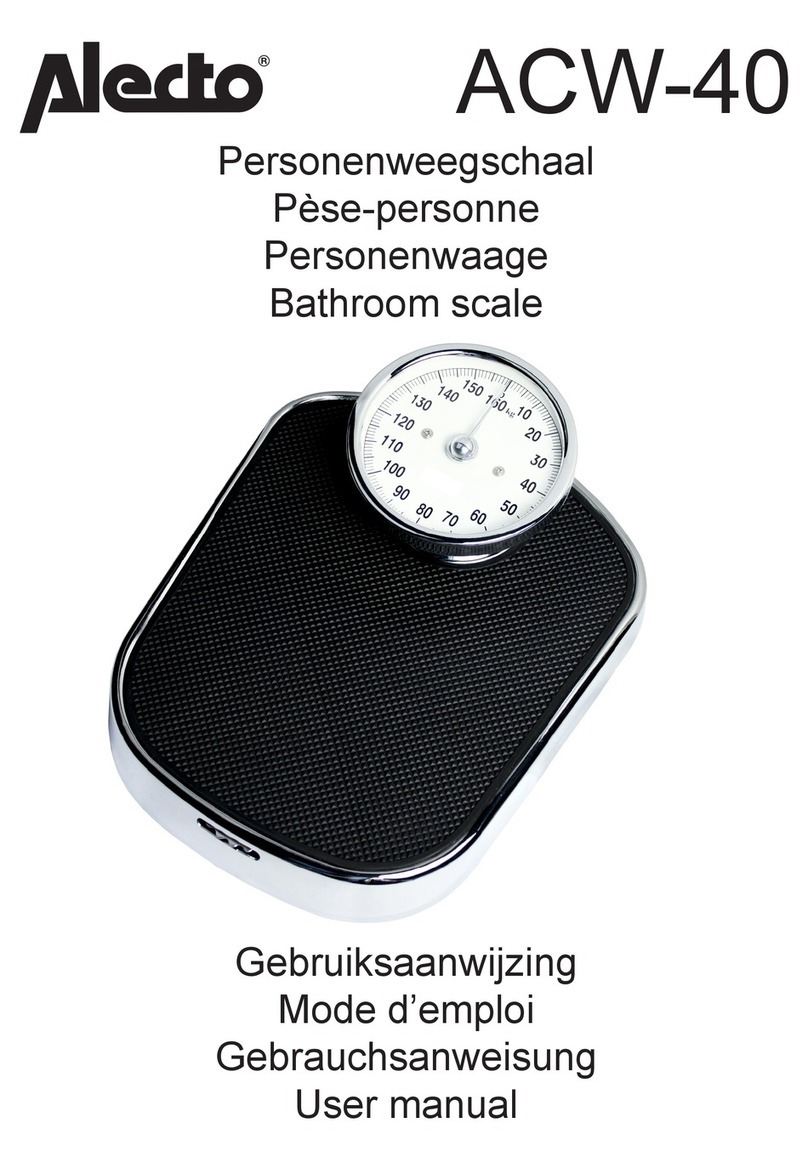4.1.9 Zero / Motion Detect .......................................................................................................................................................... 15
4.1.10 Multi-Platform Settings (for Multiple Platform Configurations Only).................................................................................. 16
4.1.11 Adjust Zero Offset............................................................................................................................................................. 16
4.1.12 View Raw ADC Data.......................................................................................................................................................... 16
5 CALIBRATION AND TROUBLESHOOTING.......................................................................................................................................... 16
5.1 SCALE READS ZERO AND WILL NOT MOVE.............................................................................................................................................. 17
5.2 SCALE READING IS FLUCTUATING WILDLY. ............................................................................................................................................. 17
5.3 SCALE READING IS DIFFERENT ON DIFFERENT AREAS ON THE PLATFORM?....................................................................................................... 17
5.4 SCALE CORNERS PROPERLY BUT DOES NOT INDICATE THE CORRECT WEIGHT. .................................................................................................. 17
5.5 SPAN CALIBRATION ........................................................................................................................................................................ 17
5.6 PLATFORM CONNECTOR PINOUT........................................................................................................................................................ 18
6 PRIMARY MENU TREE ..................................................................................................................................................................... 19
7 INTRODUCTION TO OPTIONS .......................................................................................................................................................... 21
8 RS232 COMMUNICATIONS PORT..................................................................................................................................................... 21
8.1 RS232 D-SUB 9-PIN CONNECTOR .................................................................................................................................................... 21
8.2 CONFIGURING THE PORT.................................................................................................................................................................. 21
8.3 PERFORM TEST PRINT ..................................................................................................................................................................... 21
8.4 LOOP BACK TEST............................................................................................................................................................................ 21
8.5 PRINT STREAM MODE..................................................................................................................................................................... 22
8.6PRINTING AT STABILITY USING MOTION DETECTION AND STABILITY CONTROL ............................................................................................... 22
8.6.1 The Print-At-Stability Setup Screen...................................................................................................................................... 22
8.6.2 Print Stream Mode with Print-At-Stability ........................................................................................................................... 23
8.7 PRINT FRAME (FOR RS232/USB/ETHERNET).................................................................................................................................... 23
8.7.1 Defining and Editing the Print Frame................................................................................................................................... 23
8.7.2 Print Frame Functions......................................................................................................................................................... 24
8.7.3 Print Frame Design Examples.............................................................................................................................................. 24
8.8 TEXT DEFINITIONS [NOT SUPPORTED AT THIS TIME]................................................................................................................................ 25
8.9 CHANGING PRINTER FONTS .............................................................................................................................................................. 25
8.10 EXTERNAL COMMAND INTERFACE .................................................................................................................................................... 26
8.10.1 Print Request Response Time ............................................................................................................................................ 26
8.10.2 External Command Limitations ......................................................................................................................................... 26
8.10.3 Command String Parameters [Not Supported]................................................................................................................... 26
8.10.4 The [*] Command: Used for Keyboard Emulation............................................................................................................... 27
8.10.5 The [!] Command: Remote Entry Commands [Not Supported]............................................................................................ 27
8.10.6 The [@] Command: Interactive Commands [Not Supported].............................................................................................. 28
8.10.7 Future Interactive Commands [Not Supported].................................................................................................................. 28
8.11 TIPS ON INTERFACING RS232 ......................................................................................................................................................... 28
8.12 TEST USING TERMINAL .................................................................................................................................................................. 29
9 TIME AND DATE .............................................................................................................................................................................. 30
10 ANALOG OUTPUT.......................................................................................................................................................................... 30
10.1 WIRING DIAGRAM ....................................................................................................................................................................... 30
10.2 ANALOG SETUP MENU .................................................................................................................................................................. 31
10.3 SPECIAL NOTE FOR MULTIPLE PLATFORM SCALES ................................................................................................................................. 31
10.3.1 Single Channel Analog Output........................................................................................................................................... 31
10.3.2 Multi-Channel Analog Output ........................................................................................................................................... 31
11 SETPOINT CONTROLLER................................................................................................................................................................. 32
11.1 OUTPUT SPECIFICATIONS AND NOTES................................................................................................................................................ 32
11.2 CREATING SETPOINTS FORMULAS..................................................................................................................................................... 32
11.2.1 The Setpoint Definition Screen .......................................................................................................................................... 32

